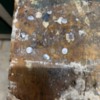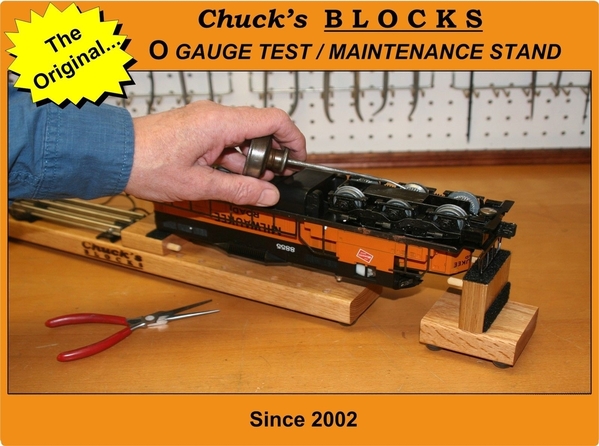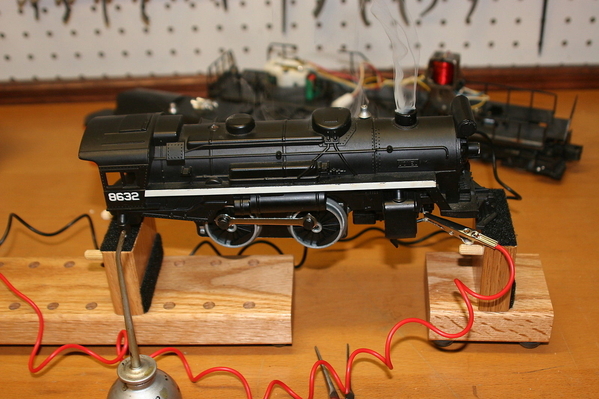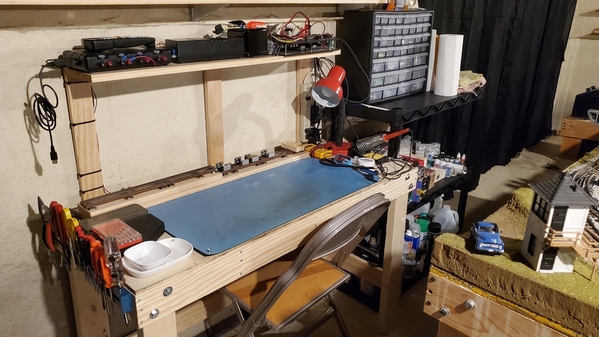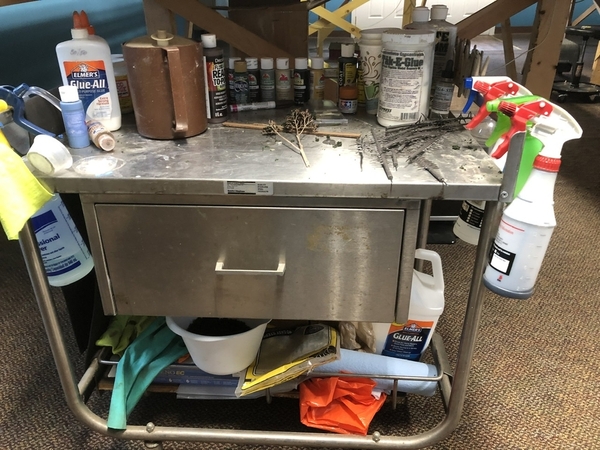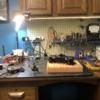This from Weller .....
"Cleaning Your Tips

To care for your equipment, you need to know how to clean soldering iron tips. Keeping your tips clean is crucial to ensuring that they perform properly, and it can also extend their life. You should clean them before, during and after use. You can tell your tip is clean when it appears bright and shiny.
Before soldering, use alcohol and a clean cloth to remove contaminants such as grease, corrosion and oxidation from the surface to be soldered.
To clean your tips, use either brass or stainless steel wool. Brass wool is softer and less abrasive, while the harder stainless steel wool has a longer life.
Metal wool effectively removes dirt and other contaminants and avoids issues associated with using a damp sponge to clean soldering tips. Using a wet sponge will reduce the heat of the tip. Frequent wiping with a damp sponge causes repeated changes in temperature, causing the tip to expand and contract repeatedly. This cycle causes metal fatigue and eventually the failure of the tip.
Cleaning wool will not reduce the temperature of the tip. To remove small amounts of contaminants from your tips using metal wool, gently dab them into the wool. For more stubborn residue, hold the iron more firmly and apply more pressure when rubbing it against the wool. Vary the strokes, so you remove contaminants from all sides and edges of the tip.
After cleaning, immediately wet the tip with fresh solder to prevent oxidation.
For heavier-duty cleaning, you can occasionally use a Weller WPB1 cold-tip polishing bar. Only use this device when the tip is cold, as using it with a hot tip can damage the tip.
If a tip does become oxidized, flush it several times with a rosin-activated, flux-cored solder. That should remove the oxides unless you have allowed the oxidation to build up excessively. After cleaning, cover the tip surface with a thick coating of solder."
Of course, contrary to the above advice, my relatively new and pricey Weller WE1010 Digital Soldering Station came with a built-in sponge holder and sponge !




